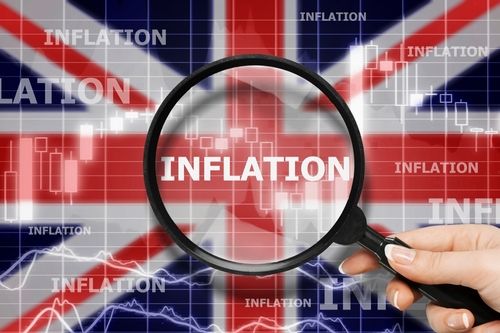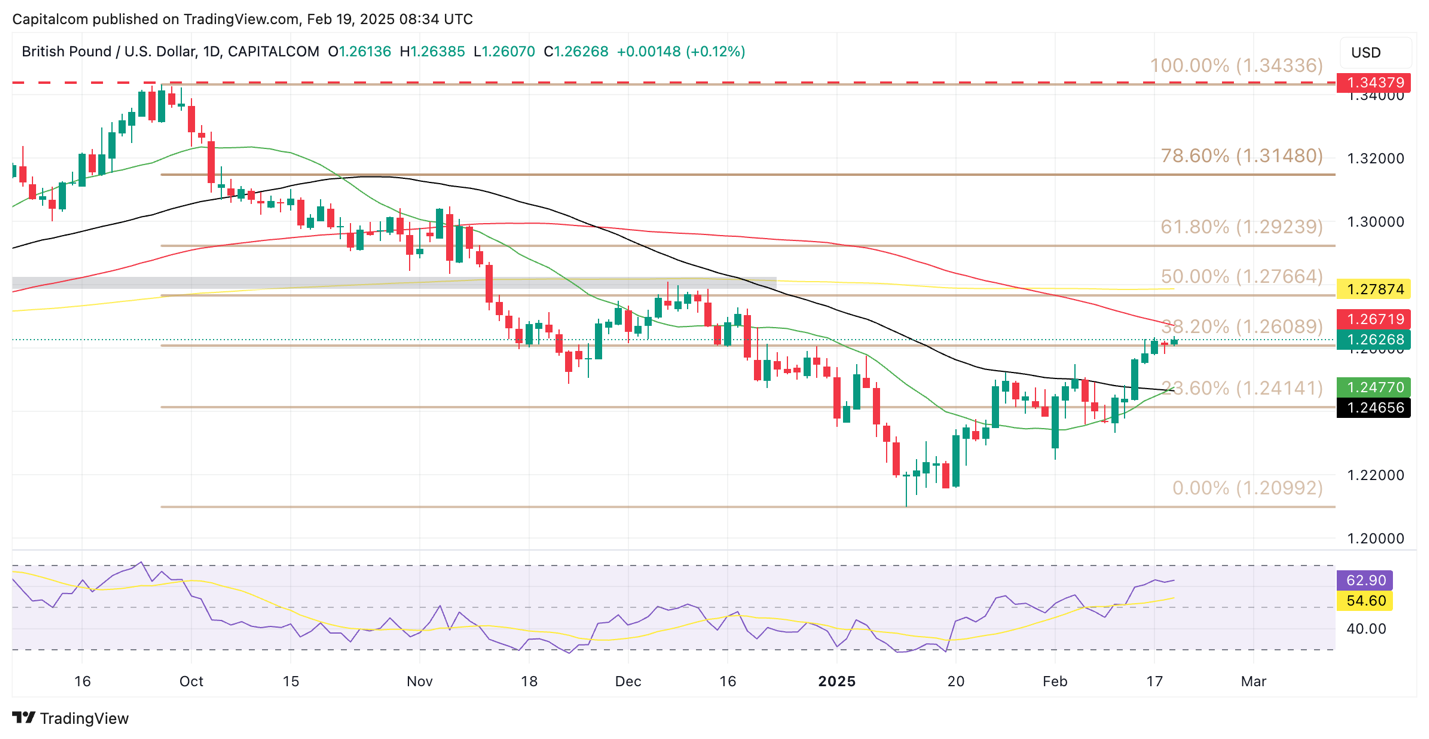UK Outlook Deteriorates as CPI Surges to 3%: Market Implications
UK inflation rose more than expected in January, putting pressure on the UK economy and the Bank of England.
UK inflation rose more than expected in January, adding further pressure on the economy. The Consumer Price Index (CPI) increased to 3.0% year-on-year, up from 2.5% in December and surpassing economists' forecast of 2.8%. This marks the highest reading since March last year. Core CPI, which excludes volatile food and energy prices, also rose in December from 3.2% to 3.7%.
Inflation Trends Higher
On a monthly basis, both headline and core inflation declined in January, but by less than anticipated. Headline CPI registered at -0.1% versus the expected -0.3%, while core CPI came in at -0.4%, compared to the projected -0.5%. Meanwhile, services inflation surged to 5.0% from 4.4%, underscoring persistent wage-price pressures in the sector. However, this was marginally below the 5.1% forecast.
Producer price data indicated renewed price pressures, with both input and output costs rising more than expected. This suggests that consumers could continue facing higher costs for an extended period.
Impact on Bank of England Policy
The Bank of England (BoE) has projected that inflation will rise to 3.7% later this year, driven by increasing energy prices and a series of utility bill hikes impacting businesses and households alike. However, the latest data indicate that inflationary pressures extend beyond energy costs, as core CPI also climbed significantly in January. This development could constrain the BoE’s ability to lower interest rates in the near term.
Following the data release, market pricing shifted to reflect a fully priced-in 25 basis point (bps) rate cut for June, whereas May had been the favored timing prior to the announcement. The probability of a May rate cut now stands at 60%, but the stronger-than-expected inflation figures have dampened market conviction. As a result, investors will closely scrutinize upcoming BoE commentary for further guidance.
FTSE 100 and GBP/USD Market Movements
UK assets reacted bearishly to the inflation report. The FTSE 100 experienced a sharp initial drop upon the data release but briefly rebounded before resuming its downward trend. The index had been performing strongly in recent weeks, in line with broader European equity strength, partly supported by softer December CPI figures, which contributed to the BoE’s recent rate cut. However, the latest inflation increase threatens this momentum, raising concerns over the UK's economic outlook and rekindling stagflation fears. Equity traders will now likely factor in the possibility of a UK recession when evaluating investments in UK stocks.
In the short term, the FTSE 100 may experience a reversal in momentum until further clarity emerges. The 8,700 level serves as a key support zone, with a drop below this threshold potentially triggering a deeper pullback toward 8,500.
FTSE 100 5-minute chart

Past performance is not a reliable indicator of future results.
The British pound, which typically benefits from higher inflation as it reduces the likelihood of rate cuts, also faced increased selling pressure. Despite the inflation-driven reduction in expected rate cuts, investor sentiment remains weak due to concerns over the broader economic outlook. GBP/USD initially dropped to 1.26 following the inflation data release, but buyers attempted to push the pair higher. While the bias remains weak amid recent stagnation, technical indicators, including the Relative Strength Index (RSI) and moving averages, suggest a possible medium-term improvement, supported by a softer U.S. dollar. Key resistance levels to monitor are 1.2670 and 1.2720.
GBP/USD daily chart

Past performance is not a reliable indicator of future results.